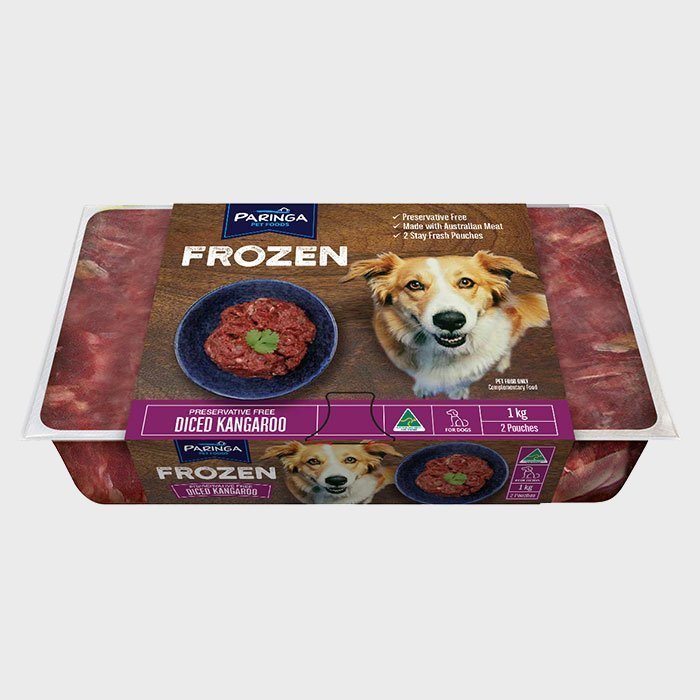Pet health feature: teeth + dental care
Ever wondered why the vet checks your pet’s mouth every time you visit?
That’s because, like humans, cats and dogs dental care is ultra important for your pet’s overall health and wellbeing. Problems picked up early can save your four-legged friend lots of discomfort and save you precious dollars in vet bills! This article will cover the main things to look for and how you can help maintain good cat and dogs dental health.
What problems can arise for dog’s teeth and cat’s teeth?
Just like us, your cat or dog can get dental plaque and tartar build up. Plaque is a sticky deposit of bacteria from food particles and saliva that attaches to the teeth. It can build up and calcify into dental tartar which is a hard layer and difficult to remove.
The problem with both dental plaque and dental tartar for dogs and cats is that they damage the tooth and lead to periodontal disease. Periodontal disease in pets is again, similar to humans. It’s a bacterial infection of the mouth that causes the gums to get inflamed. Over time it can destroy the supporting bones and lead to loss of teeth. Not only that, it’s strongly associated with other health issues such as kidney, liver and heart infections. Thankfully, if treated early it can be reversed. But prevention is the best medicine and dental issues in pets are completely preventable with the right pet dental care.
Has your pet got smelly breath? Signs of poor pet dental health
|
That’s not normal (except if they’ve just lapped up their meaty dinner of course!). If your cat or dog’s breath smells, it’s a sign that you need to get your cat or dogs teeth checked. Other signs to look for:
If you notice these types of symptoms around your dog or cat’s teeth and gum areas, it’s time for a visit to your vet. |
 |
What you can do at home for your pet’s teeth?
There are a number of things you can do between vet visits to maintain good cat and dogs dental care, which prevents problems developing. Here are six tips.
- Brush your dog or cat’s teeth (ideally daily). It may be tricky at first but most animals will get used to it. Starting when they are a kitten or puppy is best and you can make it into a game. Initially you may not get the toothbrush anywhere near their teeth but persist and you will eventually get your pet comfortable with opening their mouth for this cleaning. Please note, you will need a specially designed pet toothbrush and pet toothpaste – do not try human ones!
- Dental chews and toys can be purchased for your dog or cat. These generally help to reduce the formation of plaque and tartar.
- Nature’s toothbrush they say! One to two raw bones given to your dog or cat to gnaw on each week can help remove tartar and keep dental plaque at bay. Bones also offer a range of nutrients and antioxidants that are important for your pet’s health. Here’s some tips on how to introduce bones and how often to feed them. Give a dog a bone and bones for cats.
- A special diet designed for dogs and cats dental care may be what you need to help control plaque and tartar, but your vet would be best to advise this.
- Sometimes your vet may suggest a special mouth wash to reduce bacteria.
- An annual visit to your vet to check overall health including a dental assessment for your pet’s teeth and gums.

